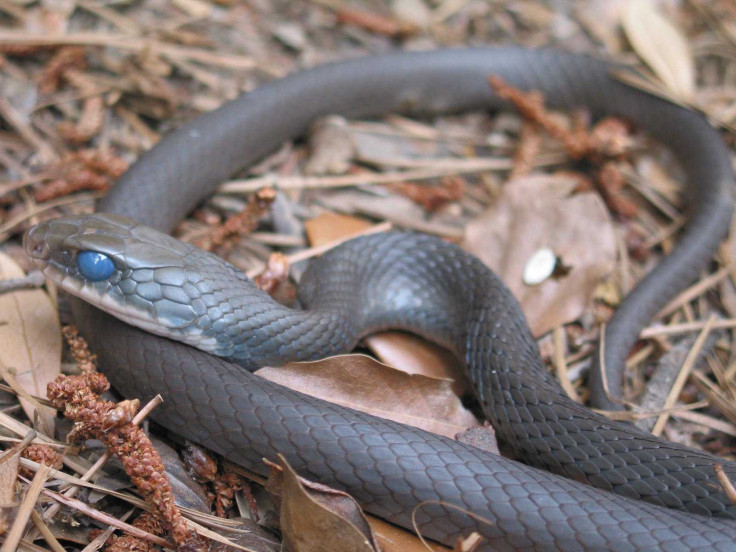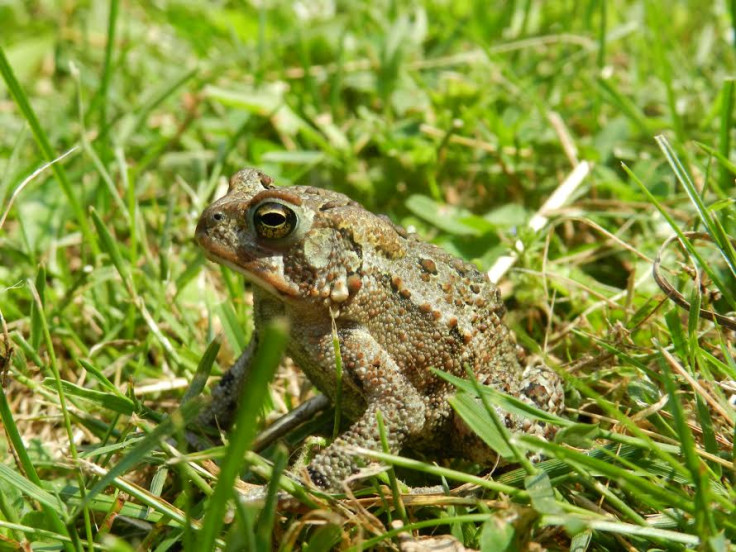A 500,000-year history of climate change in the US shows animals react in unpredictable ways
Some animals were vulnerable to historic climate change, while other populations actually increased.

The genomic history of land animals in the US has shown that some species were resilient to climate change during historic ice ages, but some suffered. It is the first study to consider how different animal species reacted to the same change in climate.
But the study finds that animals across the east coast of the US reacted very differently to climate change over the last 500,000 years. The study is published in the journal Ecology Letters.
A particularly unstable period of climate change about 2.5 million years ago saw huge glaciers expanding and retreating near the US east coast.
"A big glacier should have affected everybody. It doesn't matter if you're a snake or a bird, it probably makes it hard to live there," says Frank Burbrink of the American Museum of Natural History's Department of Herpetology, an author of the study.
But these communities did not change in a uniform way, Burbrink and his colleagues found. "In some ways, the old idea that the glacier receding would have a single effect on everything in the community is naïve," he says.
The genomes of animals in the US living today have imprints of bottlenecks in population size that happened tens of thousands of years ago. The researchers studied the genomes of snakes, lizards, mammals, birds, turtles, salamanders and frogs to see when they experienced historic bottlenecks.
"When a glacier retreats, all of the organisms that were pushed south move back into that space and the signal of those changing populations gets imprinted in the genome," says Burbrink.

"If you look at any individual species, you can see what its population has been doing over time based on how many changes they have in their genome. When populations expand, they have more genetic differences. And when populations are small, they have fewer."
The results showed that the animals reacted differently to the periods of extending and retreating glaciation. About three-quarters of the species studied actually went through a population expansion as they were forced into new regions, while about a quarter of the populations fell in response.
The authors say that the results indicate that species will react unpredictably to the present period of anthropogenic climate change.
"We need to move beyond viewing communities as single units," says study co-author Brian Smith of the museum's Department of Ornithology. "Some species will respond in one way and others will respond in other ways."
© Copyright IBTimes 2025. All rights reserved.






















